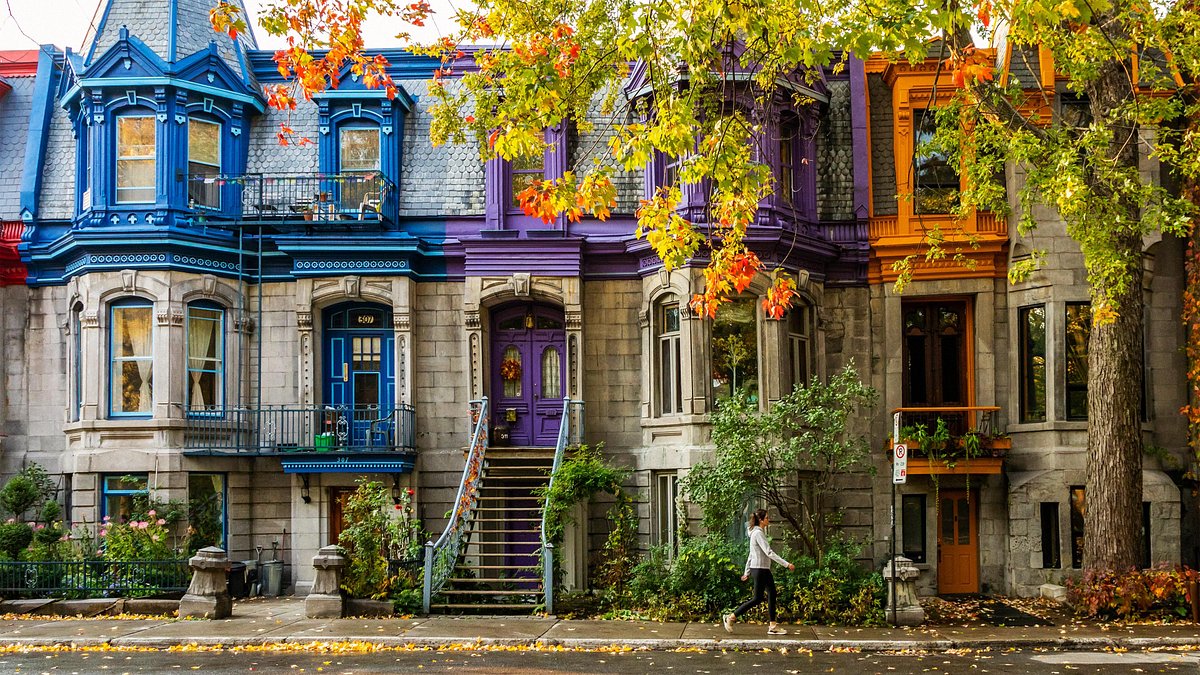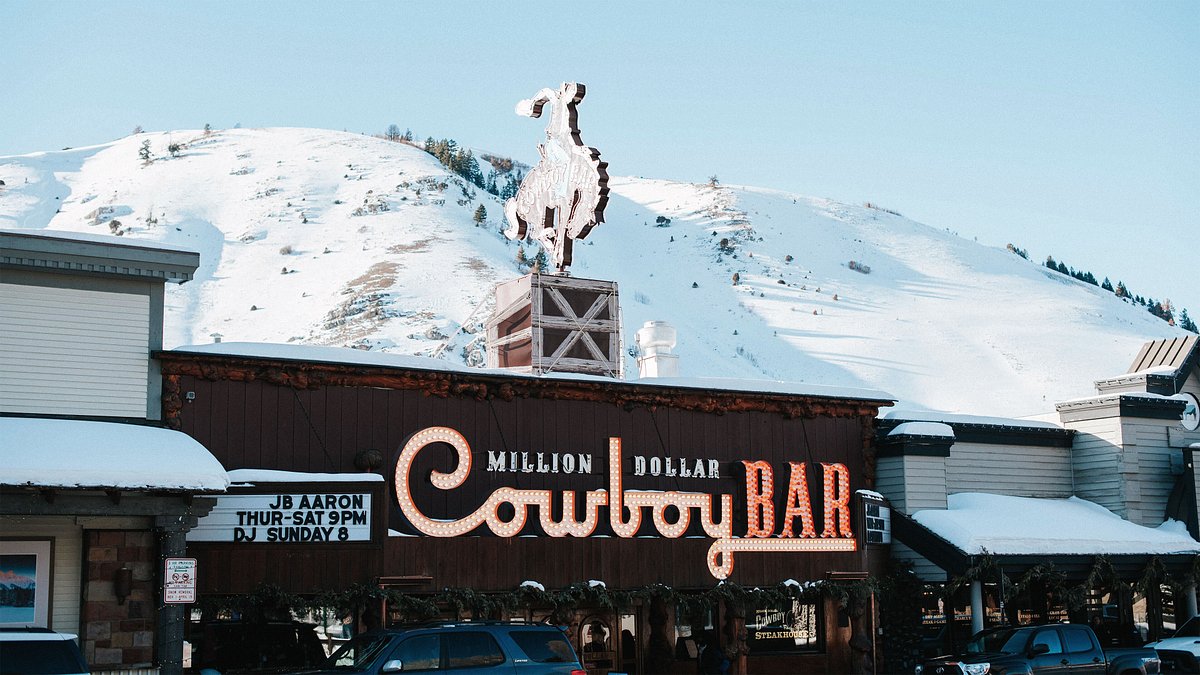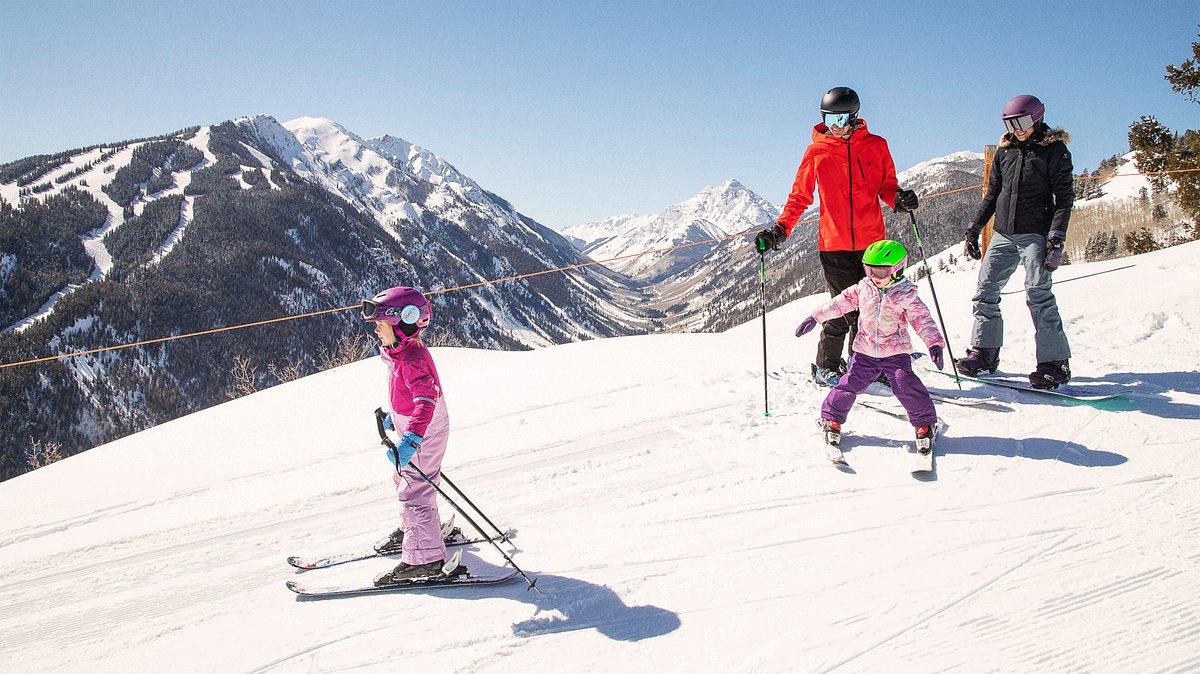There will be certain times in Montreal when you’ll swear you’re in Paris: when you’re munching on a baguette at a bistro along the Boulevard Saint-Laurent, for example, or when you’re wandering down a cobblestone lane past a centuries-old chapel in Old Montreal. But as European as this city can feel, it also has a distinctly Canadian flair. Sure, you can get steak frites just about anywhere, but you can also find food trucks selling dishes like poutine—a local specialty consisting of French fries smothered in cheese and gravy. (Yes, both at the same time. Trust me, it’s delicious.)
If you lace up your walking shoes, three days is just enough time to see Montreal’s major sights. We’ve organized the below itinerary by location, so you’re not zigzagging back and forth across the city. And we’ve read through tons of Tripadvisor reviews to find out what travelers love most, ensuring each stop is worth your time. If you’re blessed with more than 72 hours here, explore farther-out neighborhoods like Rosemont or make a quick side trip to Quebec City.
DAY ONE
MORNING: Hit the cobblestone streets
Most first-timers begin their explorations in Old Montreal, the warren of cobblestone streets running roughly parallel to the mighty St. Lawrence River. Rue St-Paul, one of the neighborhood’s prettiest thoroughfares, is a great starting point. To the north is the Notre-Dame-de-Bon-Secours Chapel, known as the Sailor’s Church because of its proximity to the port. Built in 1771, it features ship-shaped chandeliers, complete with billowing sails, hanging over the pews. Climb the tower to get your bearings for the rest of the day.
Travelers say: “[Old Montreal] is the best part of Montreal, especially if you are in search of Parisian vibes. Loved all the sidewalk cafés, vendors, artists, and musicians. Great during the day, but comes alive in the evening (at least on the weekend).” —@eskdunning
A short stroll south is one of Old Montreal’s architectural gems: the Bonsecours Market. Topped by a silvery dome, it’s worth a peek inside (and a quick stop for a cup of coffee and a pastry). If you want more of a meal, hold out for a few more minutes until you reach the Place Jacques-Cartier, a square lined with restaurants that spill out onto the sidewalks.
Continue down Rue St-Paul, then head west on Rue Notre Dame to reach the stunning Notre Dame Basilica. The combination of beautifully finished woodwork and the brilliant shades of blue on the floor, ceiling, and nave will make it a memorable part of your trip.
OLD MONTREAL TOUR OPTIONS
- Navigating Old Montreal’s labyrinth of cobblestone streets can be stressful, so leave the directions to someone else on this two-hour small-group walking tour. You’ll gain a deeper understanding of the neighborhood’s top landmarks, all without opening Google Maps.
- Old Montreal has its share of scary stories. Hear the best ones on this 90-minute ghost walking tour, which takes place after dark and includes tales of ghosts, crime, and witchcraft, told by a local guide.
- On this one-hour tour of Old Montreal in a vintage convertible Cadillac, you won’t just see the sights, you’ll be one of them. It might be a bumpy ride, but you’ll get to enjoy places like Notre-Dame Basilica and Bonsecours Market from the comfort of a private, very stylish car.
AFTERNOON: History through an Instagram lens
If you’re interested in Montreal’s history—and we guarantee you will be after wandering the atmospheric streets—head to the Pointe-a-Calliere, a complex built on the site of the city’s first European settlement. This isn’t some dusty old museum, though. Your visit starts with an Instagram-worthy multimedia show, then offers the chance to walk through the city’s sewers, past archaeological excavations and ancient gravestones.
When it’s time for lunch, you could eat at the museum’s glass-walled cafe, but some of the city’s best restaurants are just a short walk away. One of my favorites is Olive & Gourmando, which is half gourmet market, half busting eatery. You can’t go wrong with the homemade ricotta, served sweet at breakfast and savory at lunch.
EVENING: A stroll around the Old Port
As the sun sets, the light begins to twinkle along the walkways of the Old Port of Montreal. Far from the workaday port it once was, this waterfront area is now a scenic park beloved by locals and tourists alike. There’s plenty here to keep the whole family occupied for hours, including La Grande Roue de Montréal—a 200-foot-tall observation wheel with an unbeatable view of the river below.
For dinner, you can’t do better than Gaspar Brasserie Française, a stone-walled restaurant with dramatic arches and beamed ceilings. French brasseries are common in Montreal, but dishes like mussels simmered with white wine don’t taste as good anywhere else. In warm weather, the terrace is the place to be. For something a little less formal, there’s the laid-back Italian spot Caffe Un Po di Piu.
DAY TWO

MORNING: Bagel deep, mountain high
Fortify yourself for a trek through Mount Royal Park with a Montreal-style bagel. Locals claim they’re the best in the world—better even than New York bagels—with a denser crumb and sweeter taste. Decide for yourself at Fairmount Bagel or St-Viateur Bagel Shop, two spots with a friendly rivalry in the hip Mile End neighborhood.
How you get to your next destination depends on how much stamina you have. Many people choose to hike to the viewing area at the top of Mount Royal Park (the Olmsted Trail will get you there in about 30 minutes), but you can also take a city bus or even hail a taxi. Whichever you pick, you’ll be rewarded with sweeping views of the city skyline. While you’re up there, be sure to also check out Saint Joseph’s Oratory of Mount-Royal, one of the largest domed structures in the world.
AFTERNOON: Eye-catching murals and smoked meat sandwiches
You’ve probably worked up quite an appetite by this point, so walk a few blocks north to Plateau Mont-Royal, a hip neighborhood with the restaurants to match. There are tons of choices along the main thoroughfares like Saint-Laurent Boulevard.
Travelers say: “[The Plateau] is where the real Montrealers go to chill out at night and on the weekends. Tourists often make the mistake of concentrating their visits on Old Montreal and miss the real Montreal experience by ignoring this part of the city.” —@TorontoFR
Don’t be put off by the line outside Schwartz’s, one of the last old-timey delis in Montreal. It moves quickly and, before you’ve even had time to peruse the menu, the staff will be ushering you to your table. The smoked meat (people compare it to pastrami) is the main reason to come here—it’s marinated in herbs and spices for 10 days, smoked overnight, and sliced to order. Piled into a sandwich with pickles and homemade slaw, it’s absolutely heavenly.
Plateau Mont-Royal is made for walking, especially because artists have covered so many of the buildings here with eye-catching murals, so go for a stroll after lunch. One of my top spots for a breather is the charming Saint Louis Square, a three-block-long park surrounded by stone houses painted in almost every shade of the rainbow.
PLATEAU MONT-ROYAL TOUR OPTIONS
- Plateau Mont-Royal is a favorite canvas for artists, who have decorated dozens of buildings on and around Saint-Laurent Boulevard with colorful murals. This two-hour street art tour will take you to the finest works.
- The Plateau and neighboring Mile End make up a massive area, so one of the best ways to see this corner of the city is by bicycle. Opt for this three-hour bike tour, which follows quiet streets to spots like Jean Talon Market and teaches all about Montreal’s immigrant communities, street art, and local culture.
- Surprised to find out there’s excellent Salvadorian food in Montreal? Or that the city has a vibrant Little Italy neighborhood? You’ll learn all this and more on this three-hour food tour that delves into the city’s rich culinary heritage.
EVENING: More Paris than Paris
When people say Montreal feels a bit like Paris, they’re probably talking about restaurants like L’Express. On a street corner in the Plateau, the bistro feels straight out of the French capital, with marble-topped tables, polished wood paneling, checkerboard tile floors, and dishes like duck confit. For something unexpected, I also recommend the Afghani food at the small but impressive Fenetre Sur Kaboul.
If you need to walk off your dinner, you’re just a short stroll from one of the city’s prettiest parks: Parc La Fontaine.
DAY THREE

MORNING: Head to the islands
Parc Jean-Drapeau, spread across two islands in the Saint Lawrence River—Île Sainte-Hélèn and Île Notre-Dame—is one of Montreal’s most popular spots for outdoor recreation. Though people come here year round, it’s most appealing in the warmer months, when you can hit the hiking trails or lounge on the man-made beach. In winter, you can go ice skating on the same rink used for the 1976 Olympic Games.
If you have kids in tow, take them just north of the park on Île Sainte-Hélèn to ride the roller coasters at La Ronde amusement park. On Île Notre-Dame, you can ride bikes or go rollerblading along the Circuit Gilles Villeneuve, a nearly three-mile-long track best known for hosting the Canadian Grand Prix.
AFTERNOON: Explore the city beneath your feet
In the afternoon, head back to the mainland and go for a stroll down Rue Ste-Catherine, one of the city’s major arteries. The eastern reaches pass through Montreal’s Village, the center of the city’s LGBTQ community.
There are many places to grab a bite here, most of them on the quirky side. One of the best is Tendresse, a bistro specializing in vegetarian and vegan dishes. The restaurant is decorated to look like a trendy version of an old-fashioned diner—and the food is equally as creative.
Rue Ste-Catherine continues past Saint-Laurent Boulevard into Downtown Montreal, an area marked by massive skyscrapers. This neighborhood is so much more than meets the eye, though, especially when it comes to what lies below street level. This is where you’ll find the Underground City—20 miles of tunnels connecting all the buildings in the area. Check it out to see how locals avoid Montreal’s brutal winter weather.
EVENING: End on a spectacular note
Back above ground, backtrack a bit to the Quartier de Spectacles. This outdoor entertainment district, home to the world-famous Montreal Jazz Festival, is basically one big block party. Even if you’re just breezing through, you’ll probably encounter dancing in the streets.
Travelers say: “The place to be during summer in Montreal! There are plenty of activities [in the Quartier des Spectacles] to watch or to participate in. Or just enjoy a stroll on St-Catherine Street. It is closed off to cars, so the only traffic you have is foot traffic.” —@eRAYcer14
Grab dinner at one of my personal favorite spots, Bouillon Bilk. Done up in mostly black and white, the dining room is the perfect backdrop for a constantly changing menu of creative French fare. The tasting menu is the way to go, letting you sample a little bit of everything.
DOWNTOUR AREA TOUR OPTIONS
- Many first-timers to Montreal come and go without realizing that there’s another city beneath their feet. Book this two-hour Downtown and Underground City private walking tour and you’ll get to explore this other world with an expert guide.
- Get an introduction to Montreal’s vibrant cycling culture on this three-hour bike tour, which explores local history and some of the city’s most important sites in Mont-Royal Park, Old Montreal, and along the Saint Lawrence River.
Know Before You Go
-
If you have outdoor activities or music festivals in mind, you can brave the crowds that descend on Montreal between June and August. The weather is still pleasant from March to May and September to November, so shoulder season is a better option if you prefer not to wait in line at the most popular sights or pay extortionate rates at the hotel.
-
Most museums and galleries are closed on Mondays, so keep that in mind if you’re headed to Montreal for museum-hopping.
-
Many restaurants, especially those on the higher end of the scale, are closed on Sunday or Monday (and sometimes both). Shops are generally open a little later on Thursday and Friday and close a little earlier on Sunday.
-
Old Montreal: This part of the city is at its most charming after the sun goes down, so why wouldn’t you want to stay here and soak up all that atmosphere? Old Montreal is by far the most popular option for travelers. Auberge du Vieux-Port, the only hotel directly on the water, is a top choice with Tripadvisor readers for its antique wood floors, exposed brick walls, and soaring ceilings. With just 10 rooms, the boutique hotel Maison Saint-Vincent is also a favorite.
Downtown Montreal: Set among the chain hotels in Downtown Montreal, Hotel Bonaventure Montreal gets thumbs up from readers for its gorgeous heated swimming pool (open even in winter) and rooftop terrace jutting out into the greenery. Built in the late 19th century to house a jewelry store, the dazzling Hotel Birks Montreal is another gem.
-
Most of Downtown Montreal was designed to accommodate pedestrians. In fact, the entire Underground City was built to make it easier for people to get around the city during the snowy winter months.
Public transportation: The Montréal Metro is the quickest way to get from one neighborhood to another. By far the busiest subway system in Canada, it has four lines connecting 68 different stations. If you’ll be using the system a lot, the unlimited weekend pass is a good idea. Buses are also an option, although they can be confusing for newcomers. You can also take the more visitor-oriented hop-on, hop-off sightseeing buses.
By bike: Montreal is adding more and more bike lanes each year, making it easy to see the city on two wheels. A bike share program called BIXI — a made-up word combining “bike” and “taxi” — lets you pick up and drop off bicycles from more than 850 docking stations around the city.
By taxi: You can call a taxi, hail one on the street, or pick one up at a taxi stand. Uber and Lyft are also options in Montreal.
Airport transfers: A public shuttle bus runs between downtown and the Montréal–Pierre Elliott Trudeau International Airport. Airport taxis are another option, and they take you to downtown locations for a set fee. You can also arrange for a pickup from Uber and Lyft.




